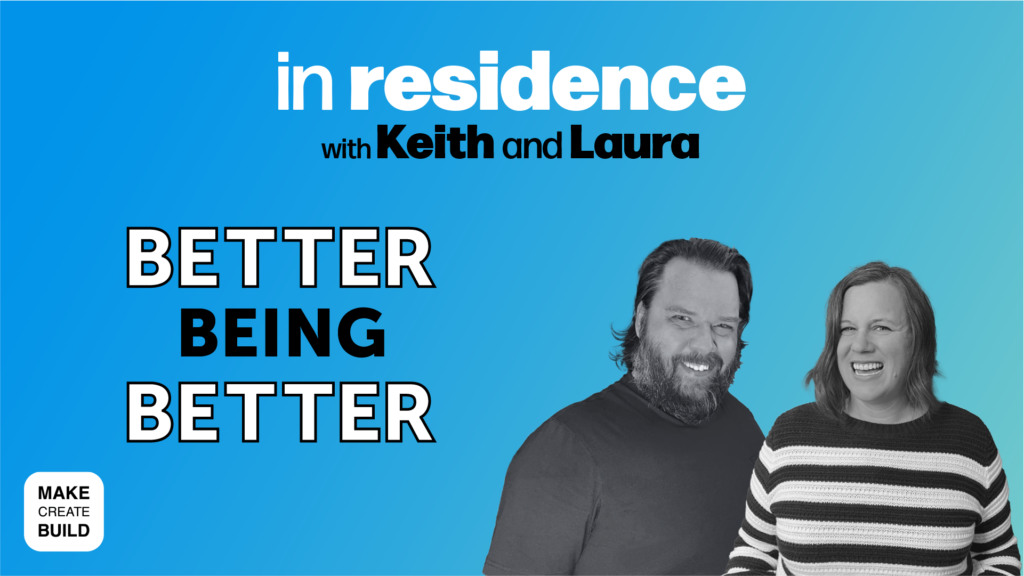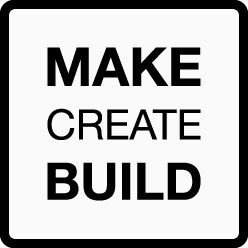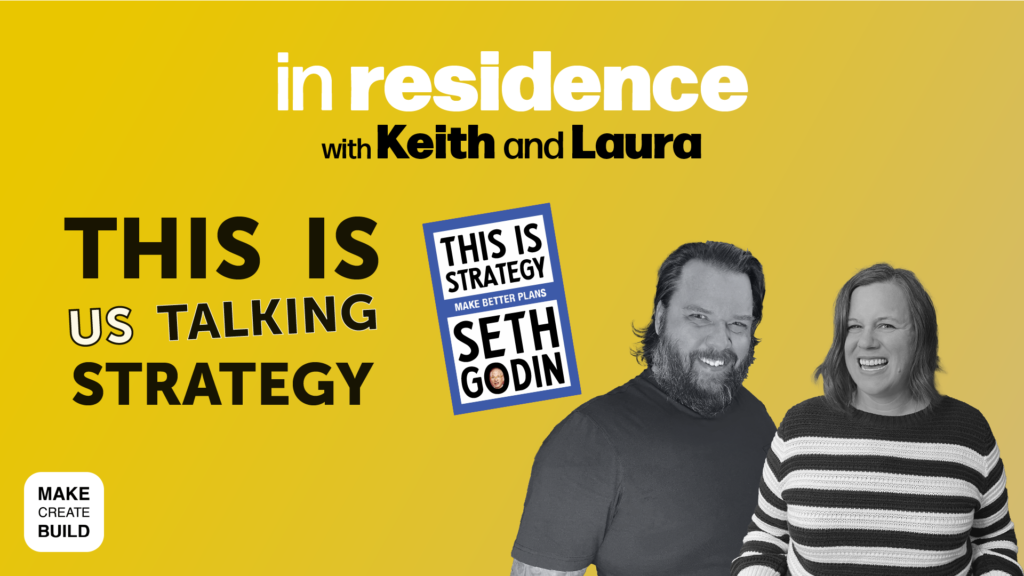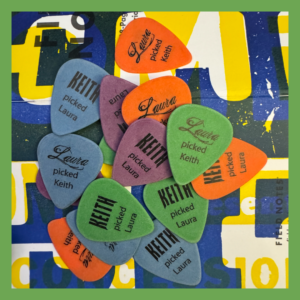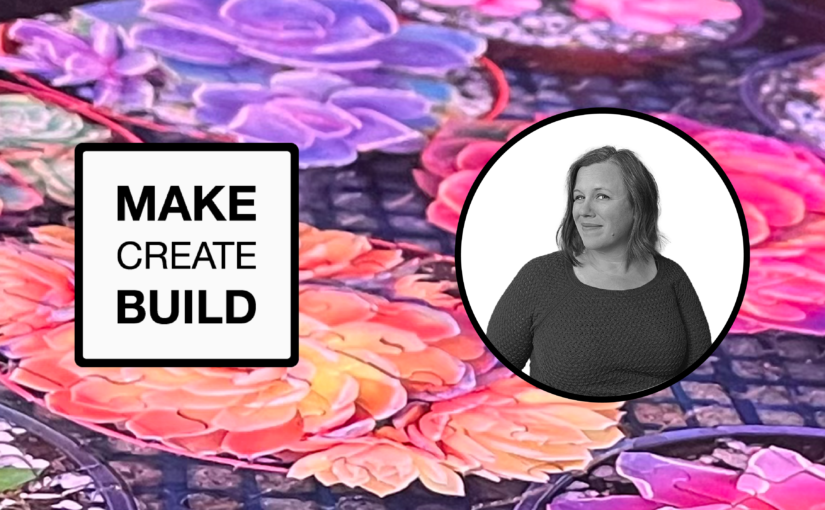By Laura King
Origin
I hated cleaning my room in middle school and early high school. In addition to books, my shelves housed my collections and trinkets: foreign coins, baseball cards, Garbage Pail Kids cards, mini statues of various ceramic animals, seashells, rocks, and stickers. Creating order in my room was overwhelming. Dust every shelf, deal with the piles of laundry, arrange each area, and vacuum. At the end, the bedlam quieted, clarity and order restored, I reclaimed my room.
Uncluttered and calm, the reward of a job well done, I shift focus to the things I love–music and solving puzzles. I set up a card table and grab a puzzle. I play one of my favorite tapes or CDs. Stone Temple Pilots, Weezer’s blue album, Guns and Roses, Bryan Adam, or The Boss, Bruce Springsteen. Freed of distractions, I sort pieces, enjoying my space, and the tranquil puzzle time.
Transition
Early adulthood promoted a packed schedule: school, work, responsibilities and obligations. Distracted by to-dos and tasks, maintaining a practice to clear my mind was seldom prioritized. Maybe on a rare vacation or break from school, I would pull out the occasional puzzle, it was infrequent at best. The serene puzzle time faded.
In my late 30s, I worked for an organization engulfed in multiple loosely defined projects, prevalent ambiguity, and overall disorder. Finding myself surrounded with the same clutter that always builds if one doesn’t make time to tidy up, overwhelm surfaced. The status quo needed to change. I hung on, doing whatever was necessary to keep showing up. I needed to find a way to bring order and clarity to my thinking, so I could better lead at the institution. If I could last until the upcoming, much needed holiday break, I would take a breath and find a way to deal with the situation and make a change.
Finally, with no meetings, appointments, or places to be, the holiday afforded the much needed time and space to rest and relax. But still, my head swirled as I fostered the stress, the weight, of the uncertain path forward at work. At least nothing new was being heaved onto the pile for the next few days of vacation. Breathe. I needed time to ideate and conceptualize. Simply breathe.
One night as the family enjoyed the “nowhere to be” and nothing to do, I cleared the dining room table and unboxed a puzzle. I must have picked it up while shopping for presents. Dumping the pieces into a pile on the table, I proceeded to turn all the pieces face up, my mind cleared. I continued dividing the edge pieces from the others. The four corner pieces, when discovered are escorted to their own VIP area, the quartet mingles separately while they await their marked placement after the sorting completes. As I created order on the table, my brain finds relief and begins to calmly work in the background. I craft strategies and structure to subdue loud, attention craving work situations. Complex decisions need to happen, and I’ve found time and space to reflect and create order from confusion.
Shift
Now, I almost always have a puzzle in process. I leveled-up my practice to include an epic puzzle table. It has four sliding trays that nest under the building surface providing storage and sorting space. Puzzling allows me to “get out of my own head” and at the same time process my thoughts. Personal projects and work-related goals benefit from my puzzling. Creating order from a pile of jigsawed pieces allows me the time and space to process more complex, often chaotic, and nuanced situations in my personal and professional life.
I never used to share my love of puzzling with people. I must admit, I was embarrassed and thought no one my age puzzled. This is far from true. I have found many kindred spirits who love to puzzle. Be unapologetic about puzzling and keep doing you.
I have been a collector of things and ideas. It lights me up. But, I’m also a puzzler. I find connections and create order from chaos.
